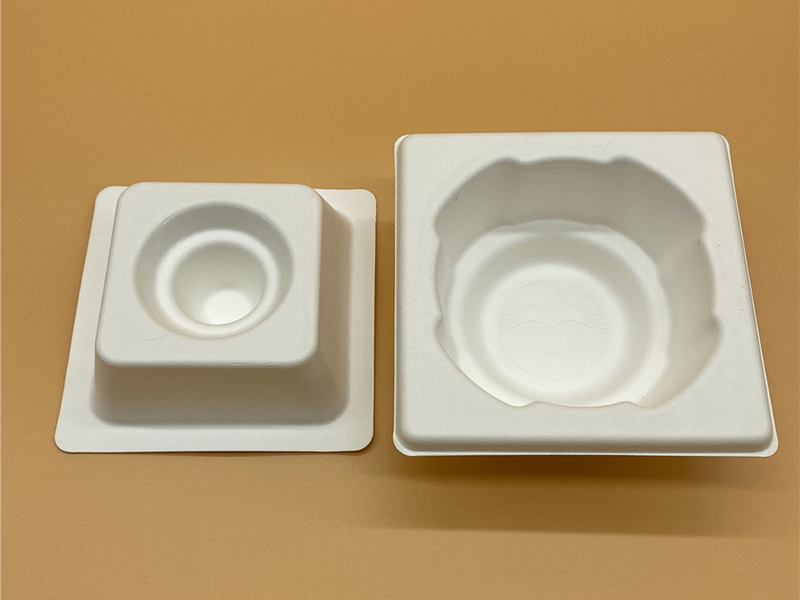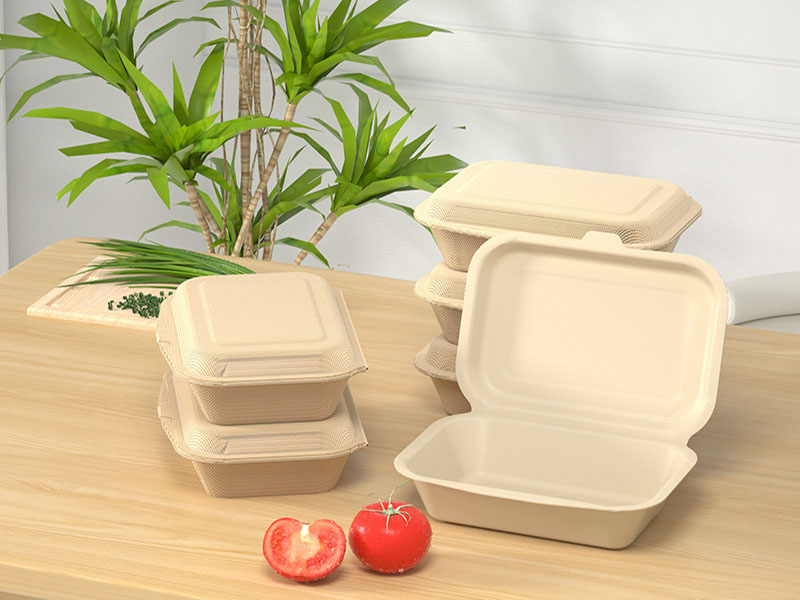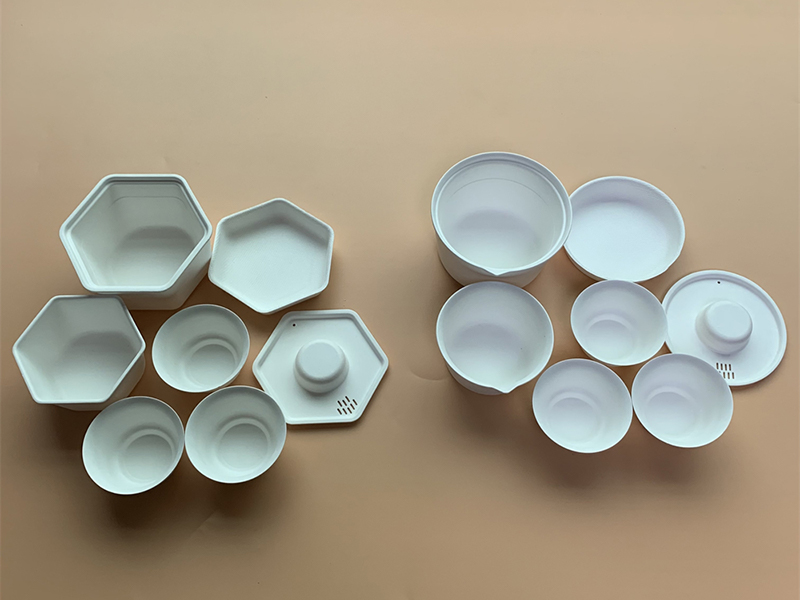Wet-Pressed Paper Tray Production Process
page views :
update time : 2025-08-29
Wet-pressed paper trays are a common type of packaging material and play a crucial role in protecting goods. This article will introduce the production process of wet-pressed paper trays, as well as their structure and advantages. First, let's understand the production process of wet-pressed paper trays. The manufacturing process of wet-pressed paper trays is mainly divided into three steps: raw material processing...
Wet-pressed paper trays are a common type of packaging material and play a crucial role in protecting goods. This article will introduce the production process of wet-pressed paper trays, as well as their structure and advantages.

Raw Material Processing
Wet-Press Molding
Drying
Related News
View more < span > >
 Disposable Sugarcane Pulp Lunch Box with Flip Lid
Disposable Sugarcane Pulp Lunch Box with Flip Lid
08 .29.2025
With the continuous enhancement of people‘s environmental awareness, disposable tableware has gradually become the mainstream choice in the public catering market. However, for a long time, disposable...
 How Breathable Are Wet-Pressed Paper Trays?
How Breathable Are Wet-Pressed Paper Trays?
08 .29.2025
Wet-pressed paper trays have many advantages over other packaging materials, such as enhancing product protection, reducing logistics costs, and aligning with environmental protection concepts.
 Wet-Pressed Paper Tray Production Process
Wet-Pressed Paper Tray Production Process
08 .29.2025
Wet-pressed paper trays are a common type of packaging material and play a crucial role in protecting goods.




